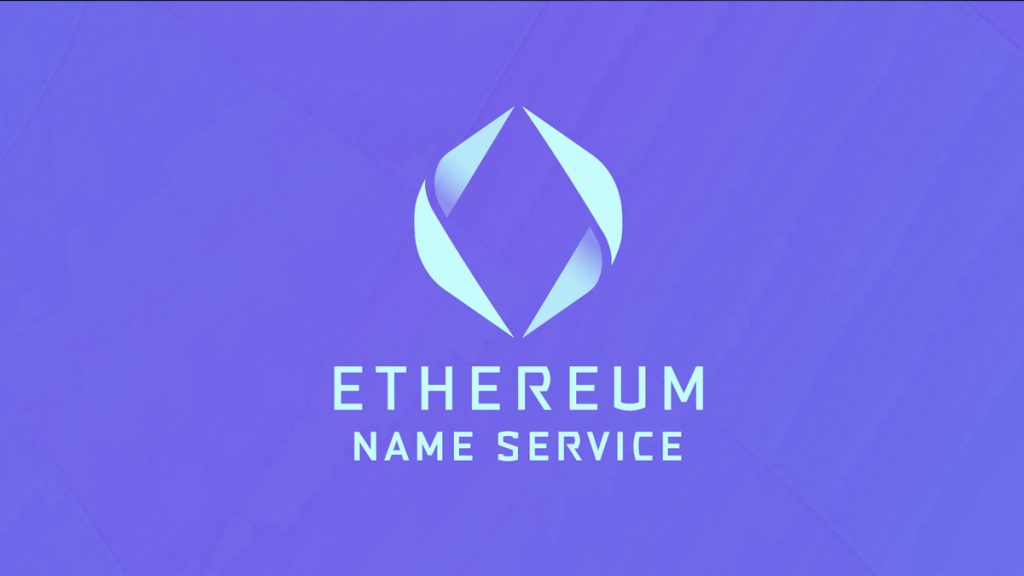Have you ever thought about why so many Web2 business names are different spellings of dictionary words with no vowels? Think of Flickr, Tumblr, or even Twitter (originally named Twttr).
There are times when the change makes it easier to get a trademark. In other cases, though, startups can’t get off the ground because of cybersquatting. Cybersquatting is a decades-old practice in which speculators register domain names with simple words or well-known trademarks (like tiktokcharts.com, secure-wellsfargo.org, or paypal.net) in the hopes of making money by selling the domain to the real trademark holder (TikTok, Wells Fargo, and PayPal).

Some of the biggest companies in the world had problems with cybersquatting, so in 1999, politicians passed two laws to stop it: the Anti-Cybersquatting Consumer Protection Act (ACPA) in the United States and ICANN’s Uniform Domain-Name Dispute-Resolution Policy (UDRP). The ACPA tried to stop cybersquatters from registering Internet domain names with trademarks in order to sell them back to the trademark owners. The UDRP, on the other hand, gave trademark holders the right to stop or get a transfer of a domain name that uses or could cause confusion about their trademark.
In Web3, cybersquatting stays the same, but it happens on ENS instead of DNS.
The Ethereum Name Service (ENS), a blockchain-based service that just signed up its one millionth user, is similar to the traditional Domain Name Service (DNS), which ties server addresses that look like they are picked at random to names that are easy to remember.

Because one crypto wallet user can’t send or receive digital assets by just entering another’s username or email address, you can register an ENS name like Vivek.eth or PartyParrot.nft that can lead people or transactions to a hard wallet address.
Like they did in the 1990s, squatters are aggressively grabbing.eth domain names that include well-known trademarks. For example, anyone willing to pay seven figures can buy Nike.eth and Amazon.eth on OpenSea. Adele.eth just sold for $6,000, and boy.eth just sold for $65,000. However, some lower-priced domains have been on the market for months without a sale, and the number of.eth domain registrations goes up by about 5% every three months.
The addition of.eth domains also brings up a legal issue: unlike DNS, ENS is an open, decentralized name system backed by the Ethereum blockchain. Because of this, ICANN doesn’t have any power over.eth domain names, and any standard UDRP dispute would fail for lack of jurisdiction.
What should a trademark owner do if someone else claims their mark as an.eth domain without ICANN’s help?
There are two good options, but neither will force the domain to be given to the people who own the trademark.
First, the owners of the trademarks should send takedown notices to the markets that are selling counterfeit goods.
eth domains. OpenSea, Rarible, and Nifty Gateway all have ways to deal with people who break the rules about intellectual property (to various degrees of efficacy).

When OpenSea gets a “takedown” notice, for example, it will let the domain owner know that the listing has been removed because of a “takedown” request (meaning it is no longer available for public purchase). Since the domain has been taken off the list, the owner will be able to talk to the brand owner, which could lead to more fair talks. This plan could lead to a solution that lasts longer.
The ACPA gives in rem jurisdiction over.eth domain names, which means that the law applies to the property itself and not to the person who is being accused of cybersquatting.
But this tool can only be used in the country where the registrar is located that gave the domain name. Trying to do this won’t work if these groups aren’t based in the United States for reasons of law. (However, Unstoppable Domains and other popular.eth registrars are based in the United States.)
If successful, a brand owner could get the domain shut down for good. This method may work better than the first, since the owner of an.eth domain can just sell it on a different marketplace.
But brand owners, especially those with well-known trademarks, shouldn’t pass up the fast-dwindling chance to protect their.eth domains. Given the extra challenges, though, efforts must be smart and consistent to keep the brand from getting hurt.
The post What can brands do if Web3 leads to Cybersquatting 2.0? appeared first on NFT News Pro.
